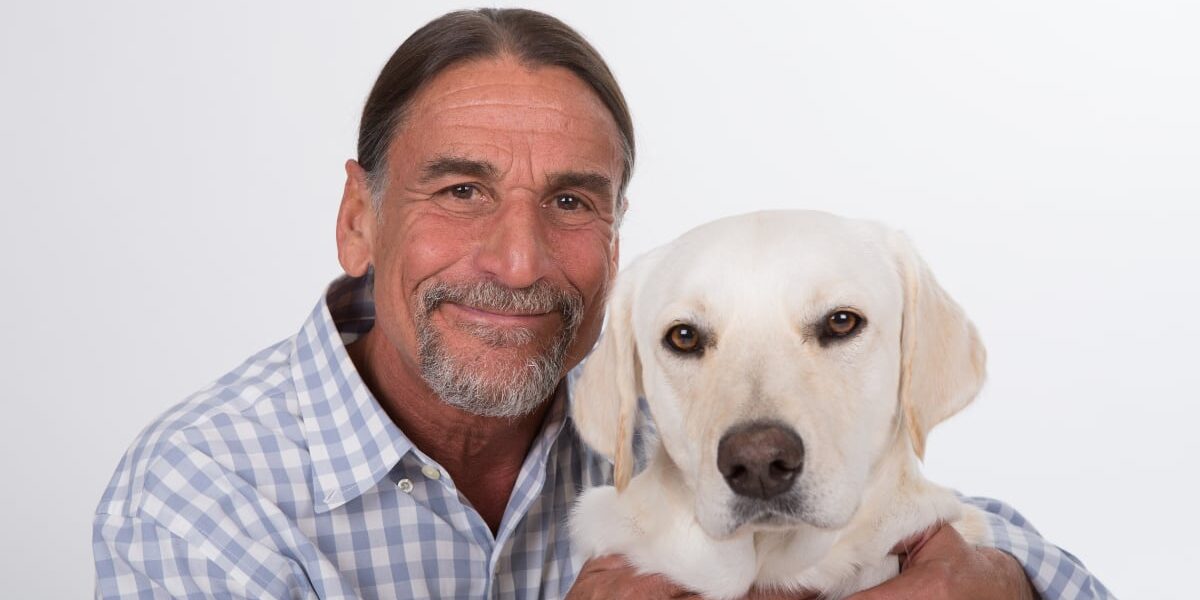CE (and hope for the incurable patient!)
I’m back from Portland. Spent a long weekend with my homeopathic veterinary colleagues, sharing info and attending lectures from those who brought something to present to the rest of us. Continuing Education. It was sometimes heady, sometimes sleepy, sometimes funny, and always interesting.
One of the coolest ideas came not from a lecture, but from chatting across the aisle in the airplane before take off from Houston with a friend I’d spent time with in the Fall, learning alternative homeopathic methods for treating cancer. “I get amazing results treating my difficult skin cases with this remedy!” A remedy I’d rarely had success with, so had abandoned. But now, having heard her great successes, I’ll dust it off and try it again. Gave a dose to my itchiest patient today, in fact. The jury will reconvene in two weeks to see if it worked.
Portland is home to one of the oldest naturopathic colleges in the country, the National College of Natural Medicine, where they teach human medicine in the natural vein, with courses in homeopathy, herbs, hydrotherapy, manipulation, and Traditional Chinese Medicine, among others. A nice sister city to Austin, Portland is suitably hip and alternative and green, just a whole lot cloudier and cooler than we are down here.
Here’s where we met:
Another memorable lecture was from Julie Ann Lee, who’s a Canadian homeopath who, while not a veterinarian, has found a lovely niche treating animals under the auspices of a vet clinic, and who has an amazing ability to think outside the box and get sterling results in her patients. She gave us a couple hour lecture on a new way of looking at the allopathically damaged patients that we see so often.
These are the animals who’ve been vaccinated repeatedly, then, when they became ill from that, suppressed repeatedly with strong immune suppressants and antibiotics of every imaginable stripe, and they’ve not only not gotten well from all of this, but they’ve slowly but surely become more ill. Seriously, sufferingly ill. They’ve got very advanced pathology from all the treatments they’ve received, and they are a bit like a ticking time bomb. They can “blow up” on the homeopath who starts to try to unwind all the suppression and get them well.
But they can also, more commonly, just frustrate the daylights out of the homeopath, because they often don’t respond to remedies well chosen for their situation. Or, if they do respond, it’s not in that beautiful, awe inspiring way of running for the goal (called cure). They’ll get just a bit better on some symptom, and it won’t last. Or they’ll get a bit better on one, and a new symptom pops out.
These poor guys have been so damaged by the multiple drugs to suppress their symptoms that they’ve become “confused” or “complex” disease cases. It means the drug-induced illness has engrafted itself onto the inherent illness, and now it’s a real mess to try to discern any clear symptoms. And boy, are they tough to treat.
Julie Ann found her way through several of these with a novel approach. She began to look simply at the physiology where the bulk of the disease is showing up. Maybe the blood vessels and heart. Maybe the skeleton. Or the nervous system. And rather than prescribing on the totality of the case, which was very difficult to see, she began prescribing acute, almost “first aid” remedies, but ones that fit those areas of pathology. Some of these were seemingly simple injury remedies, like arnica or bellis. And, lo, the patient began to respond. For months, or even years, these poor guys were able, through judicious repetition of the “acute” remedy, to find their way back from horrible pathology, to a life they could once again enjoy. It was remarkable.
And now, another tool joins my tool box. Thanks, Julie.
Continuing education. It’s a great way to get a fresh perspective after being in the trenches for a good while. Glad I can do it in homeopathy, where my heart lies.





That’s the idea. In looking at an illness, the individual’s specific way of dealing with that illness (i.e. how they make their symptoms) provides the key to finding the way to cure them with homeopathic remedies. It’s not that we ignore what’s known, especially in the realm of causation, but what most calls out for treatment is usually the central piece to address. For example, most, if not all of my patients have vaccinosis/sycosis, but I won’t spend my entire efforts treating that if they are “talking” to me about psora: “My skin is so itchy, it’s keeping me up every night!”
So if the patient isn’t showing symptoms of a particular miasm, it doesn’t need to be adressed? Only IF it’s manifested into being symptomatic? I guess this does make sense- just like those of us who carry the Epstein-Barr virus but never develop mono, and only know we have EBV because we were tested for other reasons. So you shouldn’t attempt to “fix” an issue unless it’s causing problems already?? Can an otherwise healthy patient live without those miasms manifesting if living a non-toxic, species-appropriate life?
Have you had any experience with the dna testing in relation to treating the complex inherent illnesses where the miasms are detected
I haven’t, but I’m also unlikely to follow this. I’m decidedly low tech, and I’m treating what my patient is telling me to pay attention to (by showing her symptoms). That’s been tried and true for a couple centuries now, and I’ve got a really good response by following this approach to curing chronic disease.
That. Is. So. Cool.